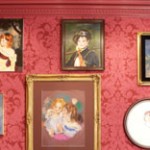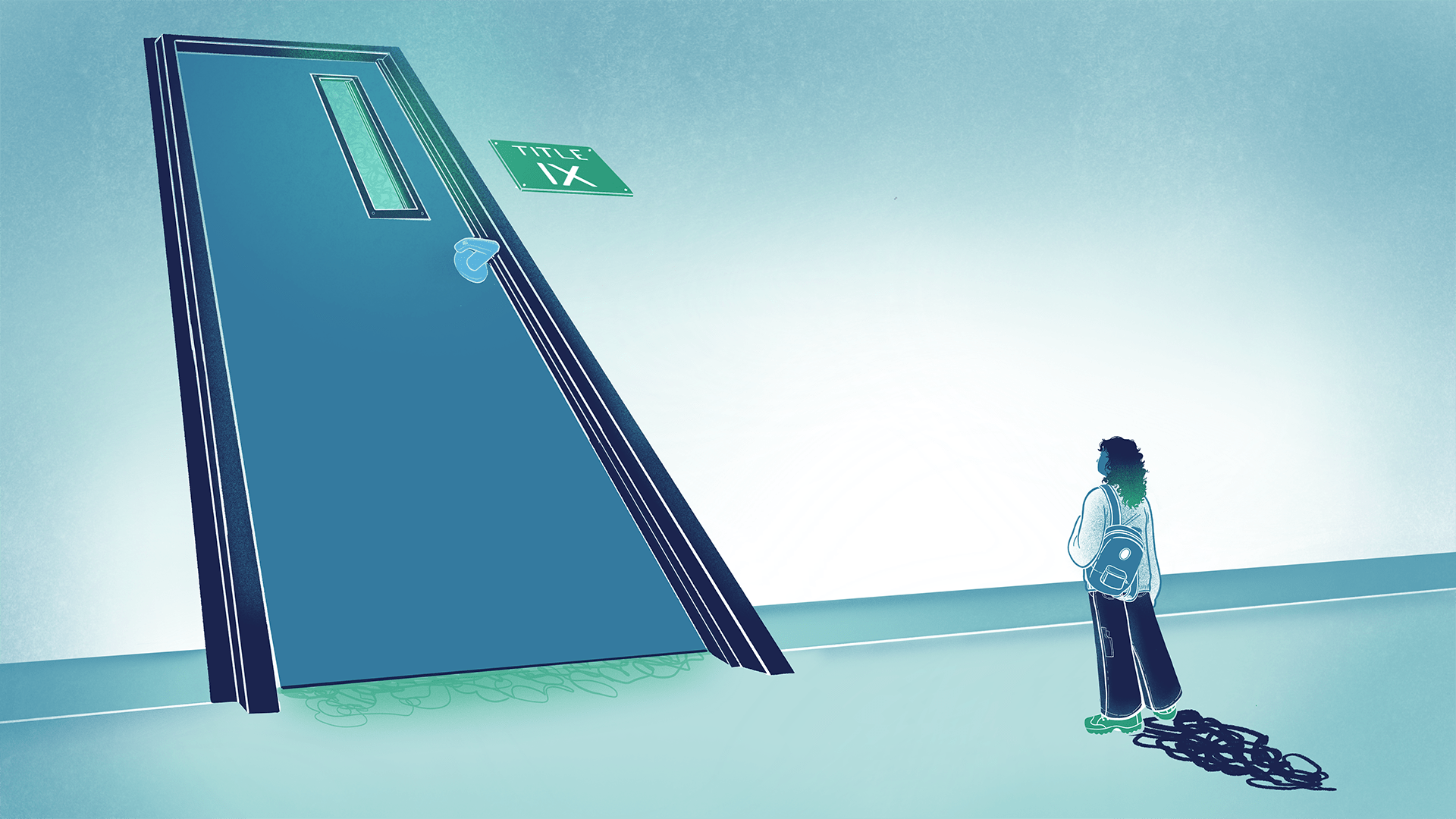
Photograph courtesy of Frances Whitehead
Imagine if the vegetables you ate at Sonny’s were grown by SAIC on its land or buildings. Imagine if every institution in Chicago grew its own food in environmentally friendly greenhouses and gardens. Sounds impossible, right? The near future could prove otherwise.
SAIC faculty, including Frances Whitehead, Jim Elniski and Doug Pancoast hope to make this green thinking a reality on campus. In 2004 a group of environmentally dedicated professors from different departments at SAIC came together as a result of the demand they felt to “enact the question,” as Whitehead put it, of whether ecology can be art. With growing concerns about the greenhouse effect they knew the question was timely. They did not know, however, where this exploration would take them.
The project HoopHouse is one of the major contributions this group is working to enact at SAIC. HoopHouse is a greenhouse and garden that will be built this summer in the sculpture court of the Columbus Building. The sculpture court was originally built for “plop art”—a place for the building and display of large, bulky sculptures. However, it has fallen into disuse. The spot was also chosen because of its spatial relationship to the AIC Garden Restaurant and Millennium Park’s green spaces.
The creation of HoopHouse is well under way. Adam Schwerner, Director of the Department of Natural Resources for the Chicago Park District, is on board, as is Ken Dunn of the Resource Center, a non-profit environmental education organization. The effort has garnered a NEA Grant and a building permit from the Green Permitting Office of the city of Chicago.
Although there will be professional staff to install and maintain HoopHouse, the onus for design, upkeep and improvements is on the students. Whitehead is teaching Avant Gardening, one of her KLab (Knowledge Lab) classes, in which the students have designed raised beds for the greenhouse. The materials (including soil, lumber, and tarps) were purchased locally (within 237 miles of the School).
Whitehead wants her class to think about the question “Where is the culture in agri+culture?” and uses a method of teaching involving action followed by critical reflection. Whitehead calls her method “project-based experiential learning.” In other words, she believes students learn best not through facts and figures but by walking into the greenhouse on a cold Chicago day and actually feeling how hot it is inside, seeing the food cycle, and participating in the gardening, design and building of the structures.
Whitehead began Avant Gardening by having the class plant “salad” in their raised beds. The rationale behind this was that lettuce grows quickly and there is something symbolic about growing “greens.” It also related back to Shakespeare’s reference to youth as one’s “salad days,” in which one is green and reckless. She wanted the class to think about the concept of youthful recklessness and to start considering what they can care for and create during their youth.
“Hoophouse” is technically a misnomer, since it will actually be a pre-fabricated Zephyr Greenhouse (instead of the round-roofed, quonset-hut-type called a hoophouse). Whitehead says that her repeated use of the term in reference to the project stuck even after their decision to buy a cold-frame, passive solar structure.
The structure will be approximately 24 x 40 feet, it is self-ventilating, uses poly-carbonate instead of glass, and its lightweight beams will allow engineers to carry it in pieces into the sculpture garden. The manufacturer’s engineers are working right now to bring the pre-fab design up to code for Chicago by wind- and snow-loading it.
If faculty member Claire Pentecost is correct in asserting art makes alternative systems exuberant and makes people want to be involved with environmentalism, then it is important that SAIC is asking itself: What can we do to better understand the ecological movement and make it accessible and enjoyable for others?





















